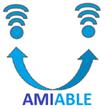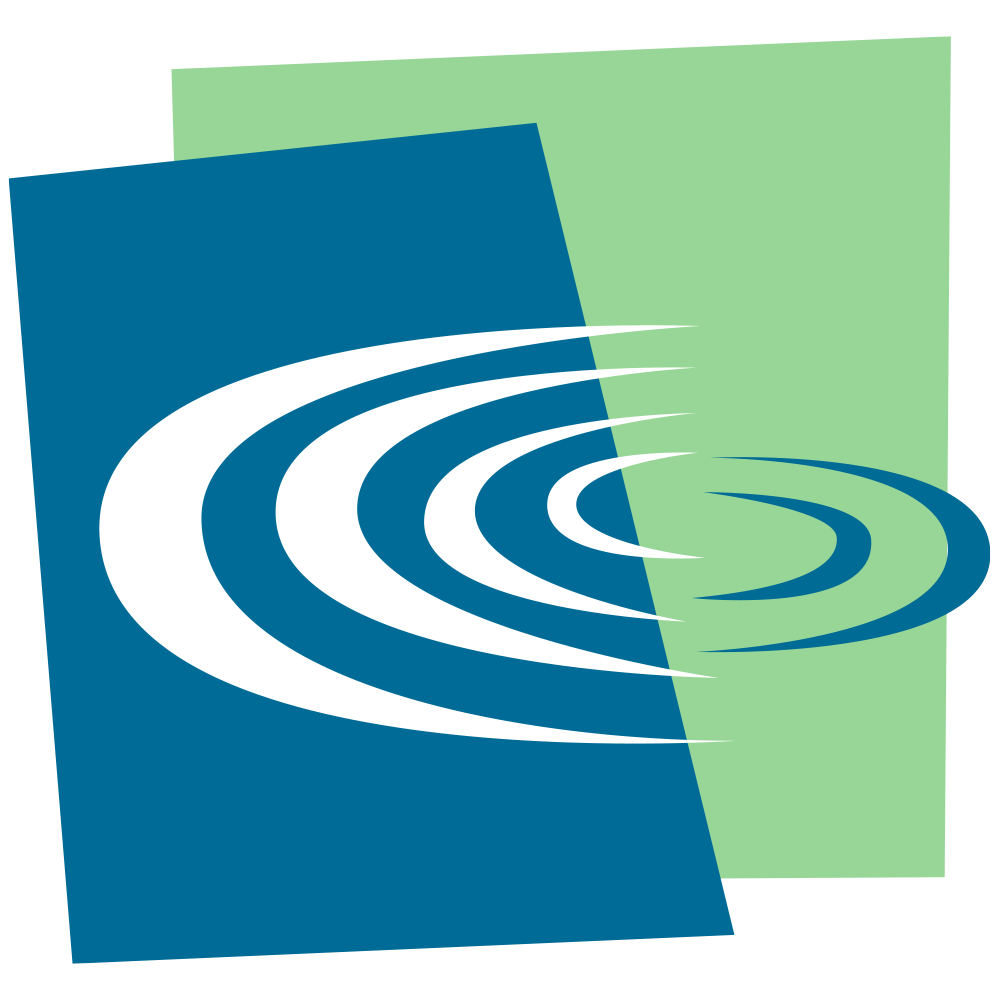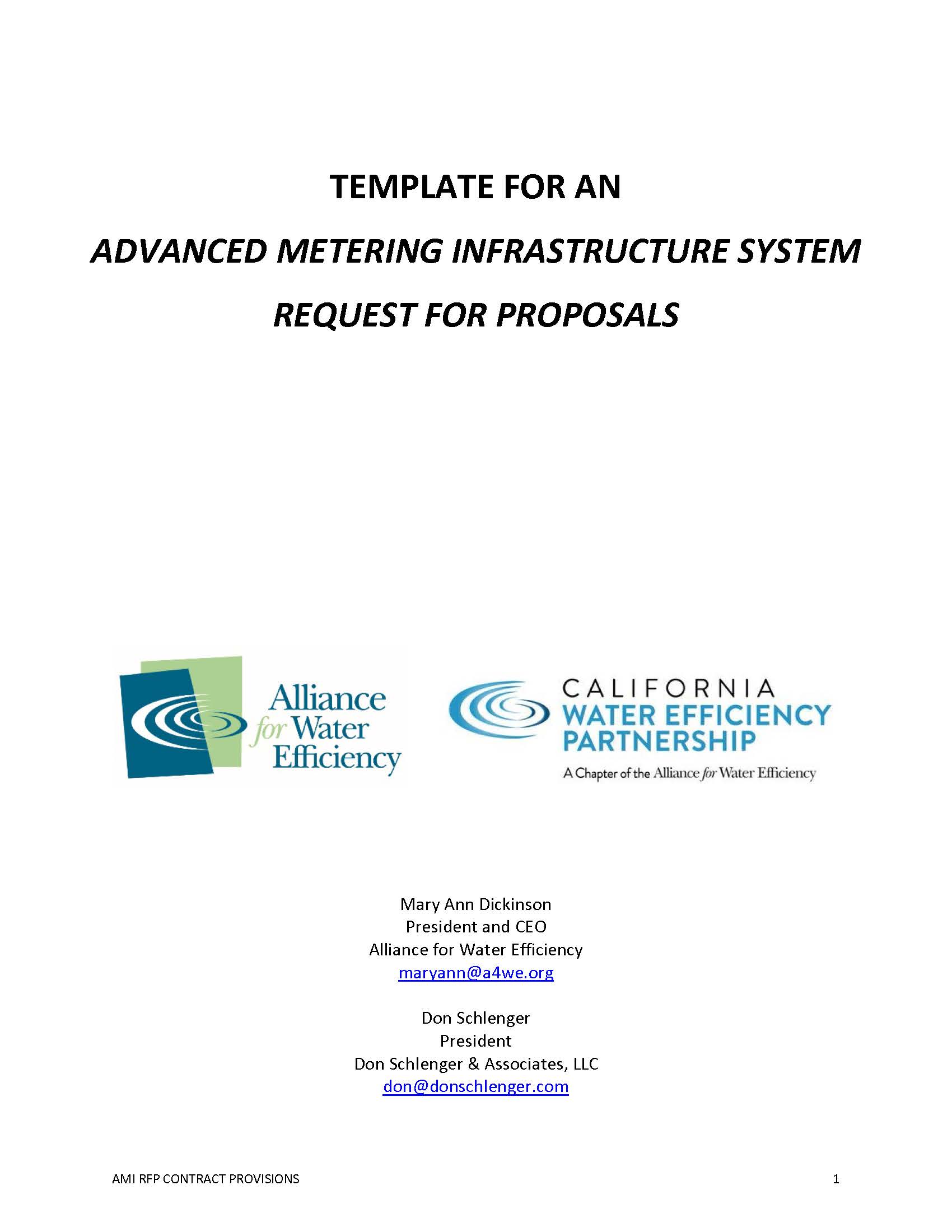 As water utility managers consider major investments in modern meters and advanced metering infrastructure (AMI), they may be concerned about the lack of standards and interoperability among the components of these systems. Their concerns may be compounded by opportunities to add sensors (for water pressure, quality, etc.), remote control valves and other devices to these systems as part of a “smart utility” strategy and the Internet of Things.
As water utility managers consider major investments in modern meters and advanced metering infrastructure (AMI), they may be concerned about the lack of standards and interoperability among the components of these systems. Their concerns may be compounded by opportunities to add sensors (for water pressure, quality, etc.), remote control valves and other devices to these systems as part of a “smart utility” strategy and the Internet of Things.
Standards and interoperability -- hallmarks of water supply equipment -- can encourage competition and innovation, reduce the chances of obsolescence, and avoid limited choices that could increase costs and put utilities at risk. Consistent technical requirements for AMI components can reduce procurement costs for both utilities and vendors. Standards for software interfaces can reduce costly customization.
Responding to these concerns, the Water Research Foundation sponsored a project entitled, AMI and Advanced Meter Reading (AMR) Standardization for Water Utilities. Following the conclusion of this project in 2014, a working group was established under the auspices of the Alliance for Water Efficiency to promote the establishment and use of standards for AMR and AMI systems.
Known as AMIABLE, this effort focused on developing and promulgating language to be used in AMR/AMI specifications and request for proposals (RFPs) to encourage interoperability and open standards. With funding from the California Department of Water Resources, the working group engaged Don Schlenger and Associates, LLC to prepare a template RFP of AMR/AMI specifications regarding aspects of transmitted meter data and the formats that it may take. The highest priority in the effort is the advent of interoperability between AMR/AMI systems, monitors and valves that may be connected to them, communication and programming devices as well as data formatting.
The referenced template document endeavors to be technology neutral, and presumes that the utility is soliciting proposals for a turnkey solution under the auspices of a prime contractor. The template document is a living document which can be used by water utilities and customized to suit their needs. Upon receipt of the template document, you are meant to modify the document for your particular needs.
Interested in obtaining a copy of the template RFP? Request it now by clicking here.





